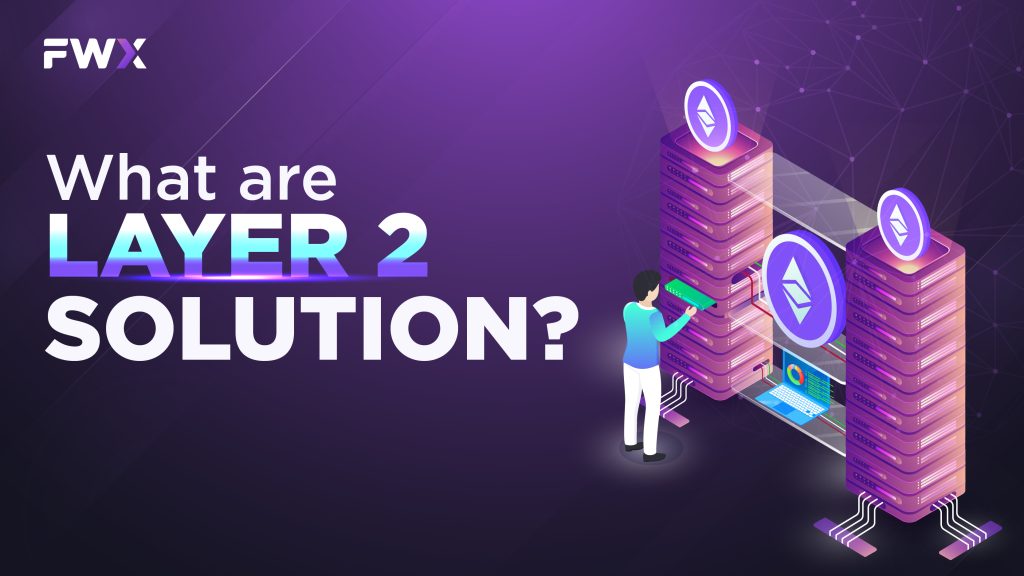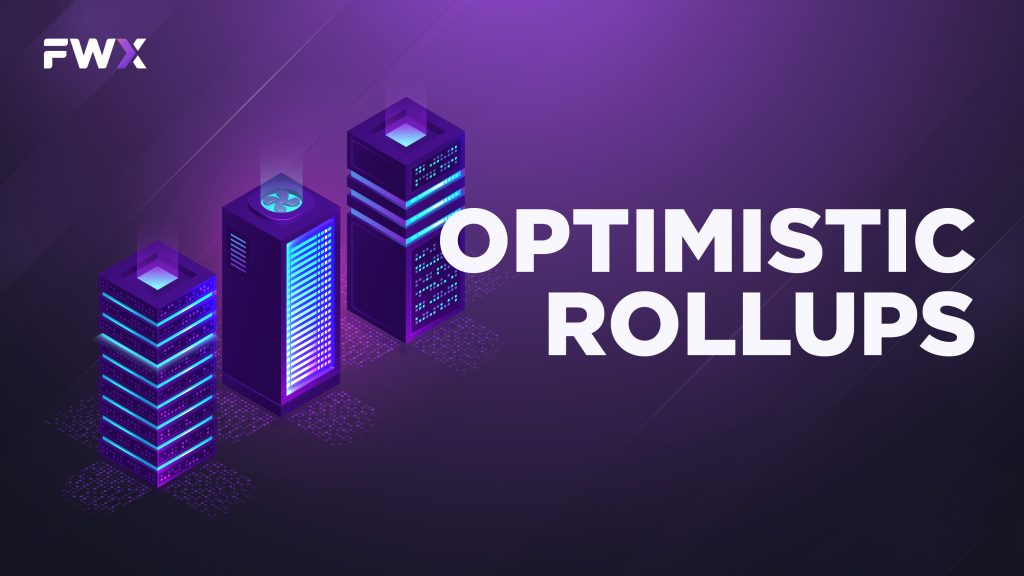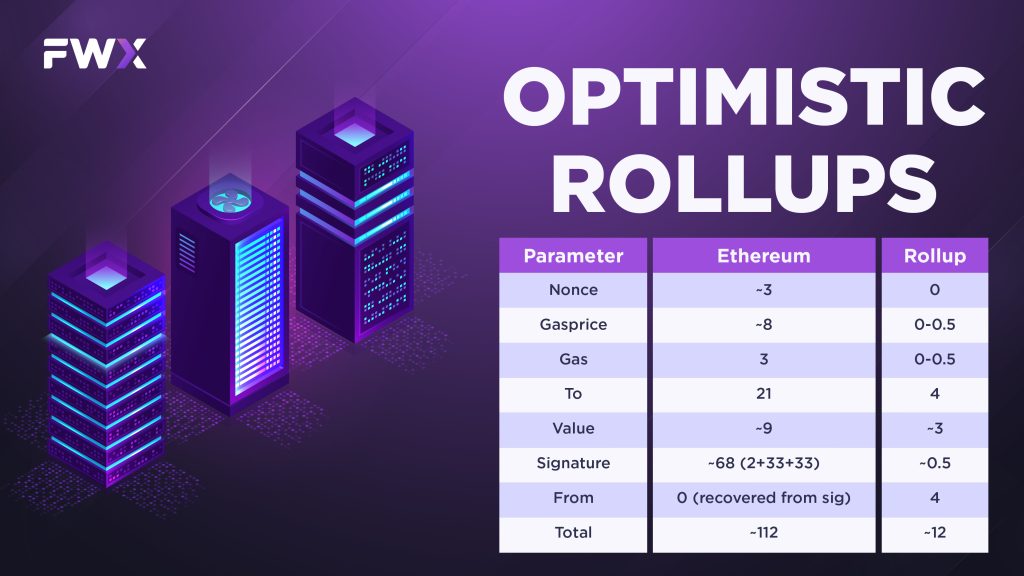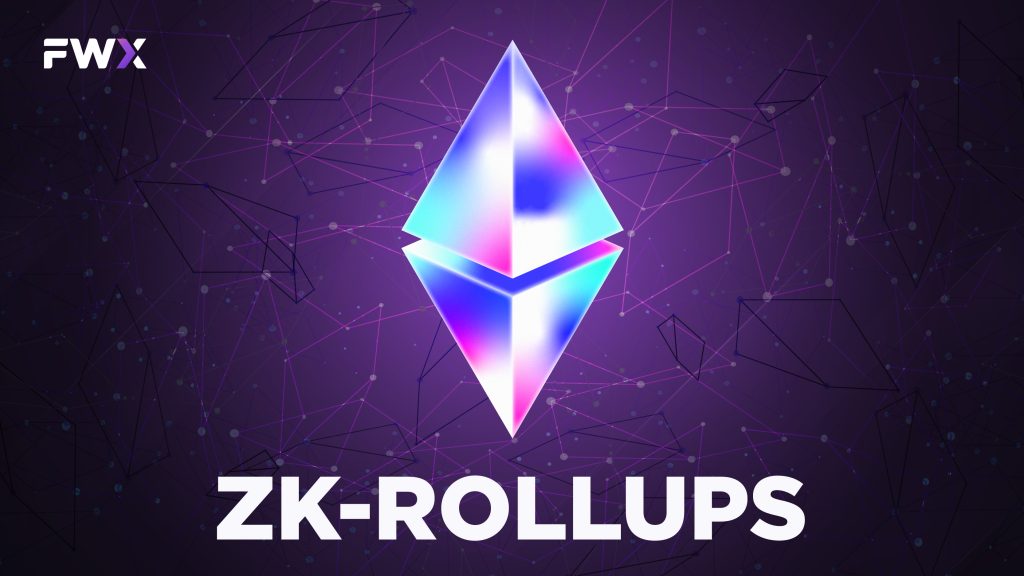The Ethereum network has been a pioneer in the world of decentralized applications (dApps) and smart contracts. However, as the network has grown in popularity, it has faced significant scalability issues. Slow transaction times and high fees have become a bottleneck for developers and users alike. To address these challenges, various Layer 2 scaling solutions have been proposed, with Optimistic Rollups vs ZK-Rollups being among the most promising. Both aim to increase transaction throughput and reduce latency, but they do so in different ways and come with their own sets of trade-offs.
What are Layer 2 Solutions?

Before diving into the specifics of Optimistic and ZK-Rollups, it is essential to understand what Layer 2 solutions are. In essence, these are technologies built “on top” of existing blockchain protocols (Layer 1), designed to improve scalability without compromising on security or decentralization. They achieve this by performing most transactions off-chain and only interacting with the mainnet for essential tasks like opening or closing channels, or for settling disputes.
Optimistic Rollups

How They Work
Optimistic Rollups are aptly named because they operate on an “optimistic” assumption that all transactions are valid. In this system, transactions are initially processed off-chain in a rollup chain. Periodically, the state of this chain is “rolled up” into a single data point and submitted to the Ethereum mainnet.
However, this submission is not immediately considered final. There is a challenge period during which anyone can contest the validity of the rollup. If no one does, or if the challenge is unsuccessful, the rollup is finalized on the mainnet.
Optimistic Rollups Scalability
Optimistic Rollups enhance Ethereum’s scalability by batching compressed transactions, effectively outsourcing the execution layer to the Rollup environment. This approach circumvents Ethereum’s main layer gas limits, significantly improving transaction per second rates (TPS) through data compression.

The table above illustrates that a standard Ethereum transaction takes about 112 bytes, while an ETH rollup transfer can be as small as 12 bytes. To gauge the scalability gains offered by Optimistic Rollups, consider the following calculations: An Ethereum block has a gas limit of 15 million, and verifying one byte of data costs 16 gas. This means an average block can hold 937,500 bytes of data. Given that a rollup transaction takes only 12 bytes, a single block could theoretically process 78,125 rollup transactions. With Ethereum producing a new block every 15 seconds, this equates to a TPS of approximately 5,208 for the rollup. This is a substantial increase compared to Ethereum’s main network capacity of around 2,000 TPS, showcasing the significant scalability advantages of using Optimistic Rollups.
Pros and Cons
Pros
- Compatibility: One of the biggest advantages of Optimistic Rollups is their compatibility with existing Ethereum tooling and smart contracts. This makes it easier for developers to migrate their dApps to this Layer 2 solution.
- Immediate Confirmation: Transactions can be confirmed immediately on the rollup chain, enhancing user experience despite the challenge period required for finality on the mainnet.
Cons
- Fraud Proofs: The challenge period can be a double-edged sword. While it serves as a security measure, it also means that finality is not instant. Assets may be locked up during this period, which could be a concern for some applications.
- Data Availability: Optimistic Rollups still rely on the mainnet for data availability, which can be a bottleneck in terms of scalability.
ZK-Rollups

How They Work
ZK-Rollups take a different approach by using zk-SNARKs (Zero-Knowledge Succinct Non-Interactive Argument of Knowledge) to provide mathematical proof that a batch of transactions is valid. These proofs are then submitted to the Ethereum mainnet. Unlike Optimistic Rollups, ZK-Rollups do not require a challenge period because the zk-SNARKs provide cryptographic assurance of their validity.
ZK-Rollups Scalability
ZK-Rollups offer a cost-efficient alternative to the Ethereum main network by handling data in a unique way that reduces gas fees. They achieve this by batching transactions, which allows for fixed costs to be distributed among users. The cost structure also accounts for data publication, layer-2 operator fees, and the expenses incurred in producing validity proofs.
One of ZK-Rollups’ key advantages is their ability to compress transaction data more effectively than Optimistic Rollups. They only need to submit enough data to reconstruct the latest root state, thereby reducing the amount of data that needs to be stored and verified on-chain.
Moreover, ZK-Rollups have the potential to further optimize scalability through a feature known as recursive proofs. These are proofs that can verify other proofs, allowing for multiple blocks to be validated at once. Currently, ZK-Rollups generate validity proofs for individual blocks, but with recursive proofs, they could combine multiple block proofs into a single, final proof. If this final proof is accepted, all related blocks are instantly confirmed, leading to significantly higher transaction speeds on the Ethereum network. This feature, if implemented, could unlock even greater scalability and efficiency for Ethereum.
Pros and Cons
Pros
- Efficiency: ZK-Rollups are incredibly data-efficient. They can bundle hundreds or even thousands of transactions into a single proof, significantly reducing the data stored on-chain.
- Security: The cryptographic proofs used in ZK-Rollups offer robust security without requiring a challenge period, making them more efficient in terms of finality.
Cons
- Complexity: Implementing zk-SNARKs is technically challenging, which could slow down adoption among developers who are not familiar with this advanced cryptographic technique.
- Limited Functionality: Historically, ZK-Rollups have been more limited in the types of smart contracts they can support, although this is rapidly evolving.
Ethereum’s Future Prospective
- Sharding and Rollups
In light of the upcoming Merge and Ethereum’s pressing scalability issues, multiple pathways are being considered. One such path aligns closely with Vitalik Buterin’s vision, combining Onchain and Off-chain solutions—specifically, integrating Rollups like Optimistic Rollups or ZK-Rollups with Sharding. This approach assumes that Sharding’s technical challenges can be overcome, allowing it to serve as a robust foundation for Rollups. If successful, Sharding would alleviate main chain congestion, reduce gas fees, and simplify the role of validators, making Rollups even more efficient.
However, the risk of a single corrupted shard compromising the entire network is a significant hurdle, delaying the full implementation of the Beacon Chain. Due to this risk, the current focus is on Rollups as a standalone solution, which can still significantly increase throughput without relying on Sharding.
- Rollups and More
In the second scenario for Ethereum’s scaling, the focus shifts solely to Rollups—both ZK-Rollups and Optimistic Rollups—as independent solutions. While both have their pros and cons, the choice between them largely depends on the specific needs of Ethereum developers. ZK-Rollups, particularly those using ZK-STARK technology, offer higher scalability and security compared to their Optimistic counterparts. Although ZK-STARKs come with higher transaction processing costs due to their larger sizes, they could be a strong candidate for an official Ethereum upgrade, given the complexity and lengthiness of such updates.
Looking ahead, Layer 3 solutions could offer additional scalability improvements. The future could see specialized Rollups designed solely for settling and recording transactions, adding another layer of functionality to the network. This layered approach, where each layer has a distinct yet harmonious role, embodies the essence of decentralization on a grander scale.
Conclusion
Both Optimistic Rollups vs ZK-Rollups offer promising paths to a more scalable Ethereum network, but they do so with different trade-offs. Optimistic Rollups offer greater compatibility and are easier to implement but come with the cost of a challenge period and potential asset lockup. ZK-Rollups offer greater efficiency and security but are more complex to implement and have historically been limited in their application scope.
As the Ethereum ecosystem continues to evolve, it is likely that both of these technologies will find their niches. Developers may choose Optimistic Rollups for projects that require broad compatibility with existing Ethereum infrastructure, while ZK-Rollups may be the go-to solution for new projects that prioritize efficiency and security. Regardless of which technology gains more adoption, both represent significant steps forward in the quest to make Ethereum scalable for the decentralized future.


